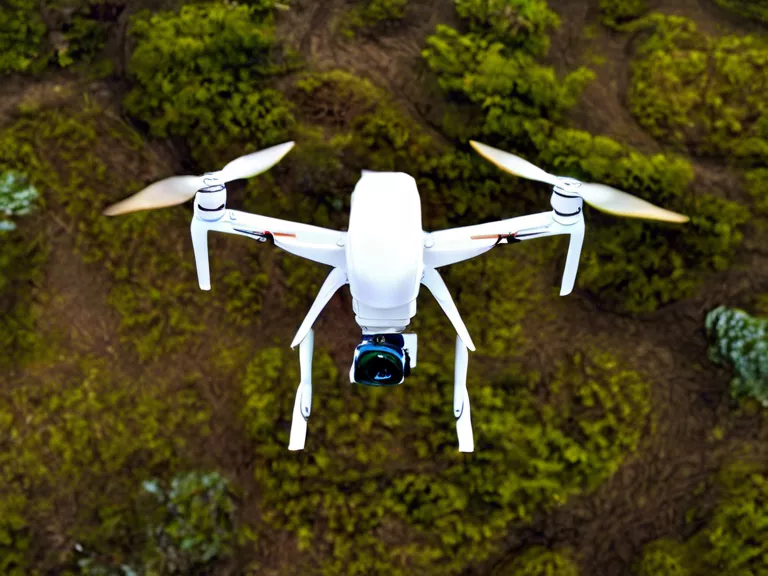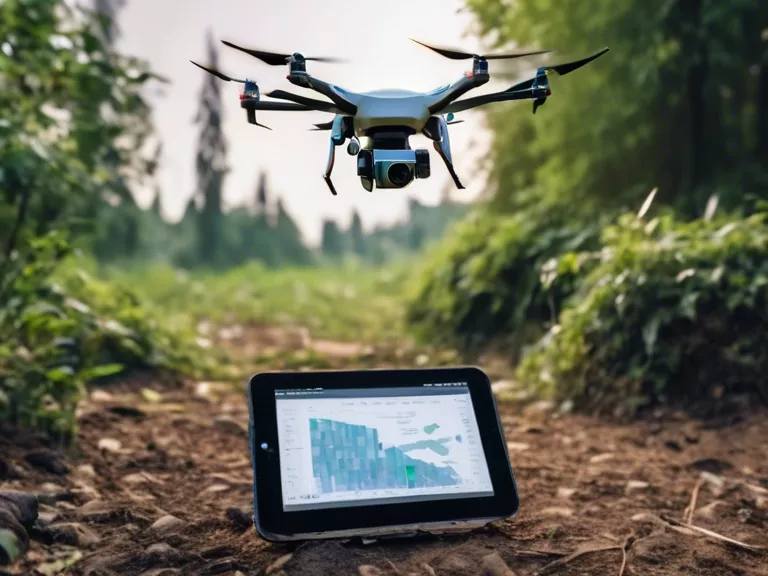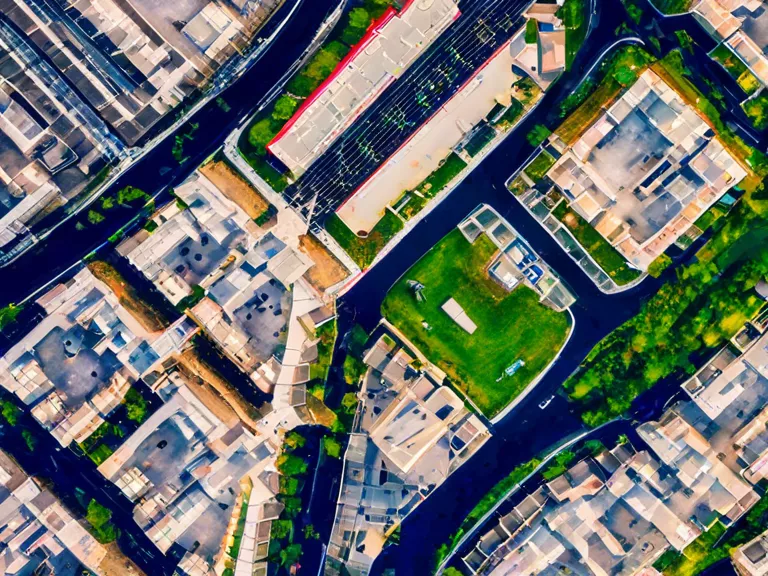
With the advancement of technology, artificial intelligence (AI) is being integrated with drones to revolutionize wildlife research and conservation efforts. This combination is enhancing the capabilities of drones in ways that were previously unimaginable, allowing researchers and conservationists to collect data more efficiently and accurately than ever before.
One of the key ways AI is benefiting drone applications in wildlife research is through automated data analysis. Drones equipped with AI algorithms can process large amounts of data collected from aerial surveys much quicker than humans. This enables researchers to identify trends and patterns in wildlife populations, habitats, and behaviors with greater speed and accuracy. For example, AI-powered drones can detect and track endangered species, estimate population sizes, monitor migration patterns, and even detect signs of poaching in real-time.
Furthermore, AI is improving the precision and effectiveness of drone monitoring and surveillance. Drones equipped with AI algorithms can be programmed to autonomously patrol designated areas, identify specific species or individuals, and respond to anomalies in real-time. This real-time monitoring capability allows for immediate action to be taken in critical situations, such as detecting illegal activities or responding to environmental emergencies.
In addition, AI is enhancing the capabilities of drones for data gathering and analysis in challenging environments. By using machine learning algorithms, drones can navigate complex terrains, such as dense forests or rugged mountains, with increased efficiency and safety. This allows researchers to access hard-to-reach areas and collect data that was previously inaccessible, leading to a more comprehensive understanding of wildlife populations and habitats.
Overall, the integration of AI with drones is transforming the field of wildlife research and conservation by providing researchers and conservationists with powerful tools to protect and preserve biodiversity. As technology continues to evolve, the possibilities for using AI-enhanced drones in wildlife research are endless, offering new opportunities to study and safeguard our natural world.



